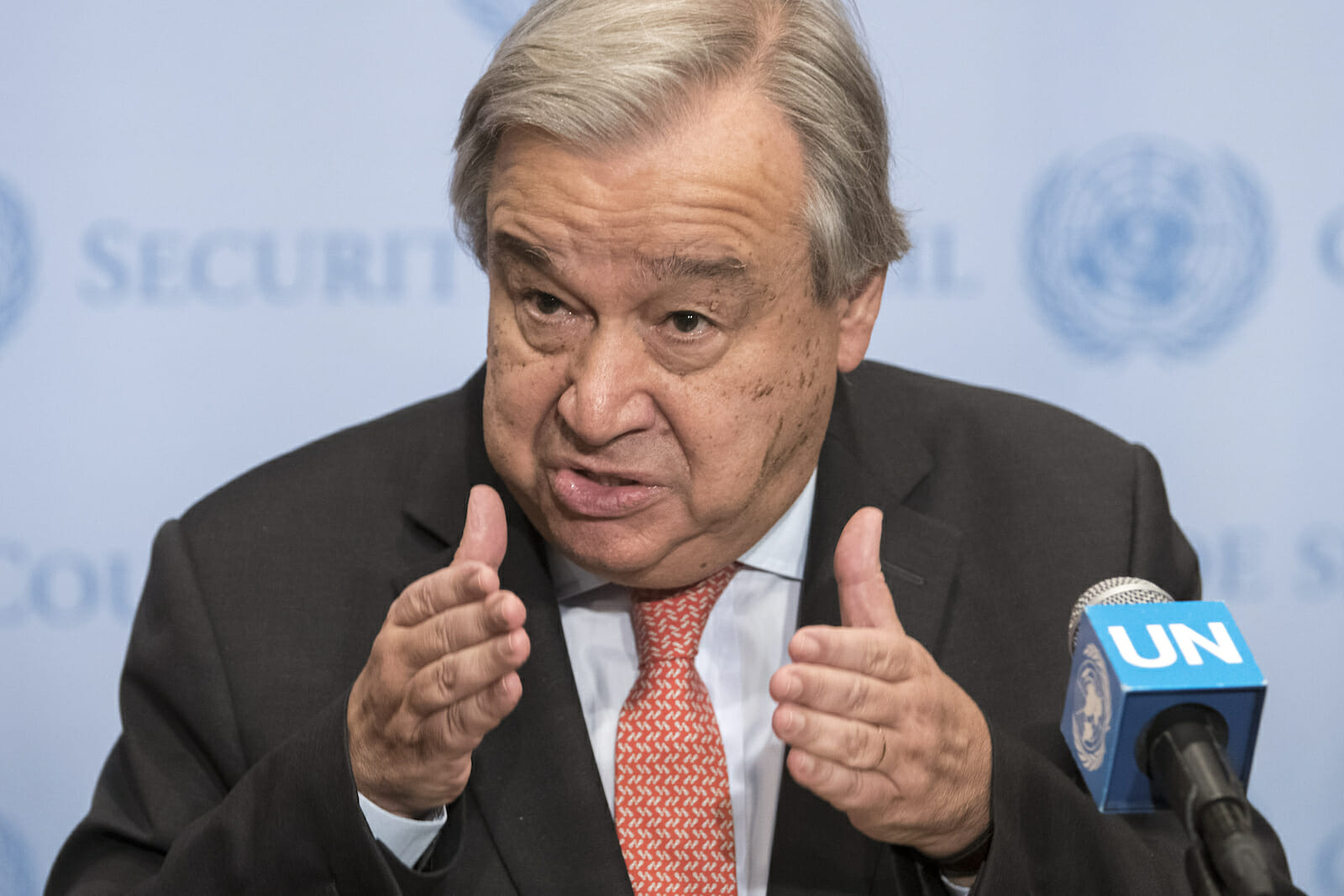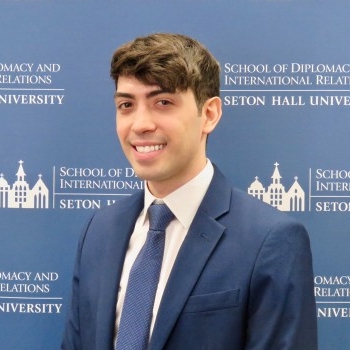
The 2030 Agenda, Four Years Later: The Group Left Behind.
The 193 countries of the UN General Assembly vowed to “leave no one behind” on September 25, 2015, when they adopted the 2030 Development Agenda titled “Transforming our world: the 2030 Agenda for Sustainable Development,” (SDGs).
Four years later, on July 2019, the UN General Assembly convened for its 2019 High-Level Political Forum on Sustainable Development (HPLF-2019) to review the world’s implementation efforts of the SDGs to date.
The agenda, with 17 Sustainable Development Goals and 169 targets, seeks to realize human rights for all, end poverty, and hunger. It pledges to “leave no one behind,” by also ensuring to sustainably manage the world’s natural resources by taking urgent action on climate change, “so that it can support the needs of present and future generations.”
The adoption of the SDGs has been called “a landmark achievement, providing for a shared global vision towards sustainable development for all.”
Yet, somehow, and in some areas, the 2030 Agenda is lagging behind. People that have been forcibly displaced from their homes due to conflict or war, and refugees, are not explicitly recognized in the language of goals and targets. Hence, these groups are largely left out of governments’ plans to reach the SDGs.
The HPLF is part of the 2030 Agenda follow-up and review mechanisms, which encourages member states to “conduct regular and inclusive reviews of progress at the national and sub-national levels, which are country-led and country-driven.” Though the availability of timely, disaggregated data across all countries and all targets and indicators to inform the present reports remain a challenge, these yearly reviews are critical because they provide information that is essential to track progress and weak areas.
Some countries have managed to ignore their obligations and vows entirely. In 2016 only 22 countries submitted reports, and 47 countries in 2019. Although major states such as the United Kingdom, France, Germany, Canada, and China have all submitted reports on their SDGs implementation processes, the United States and Russia have, since 2016, abstained.
In the first briefings of July 9, 2019, Liu Zhenmin, Under-Secretary-General of Economic and Social Affairs of the United Nations, presented the report of the Secretary-General, António Guterres. The report addressed each goal and target with backed scientific data. In general, poverty, hunger, health issues, inequality, education, among other matters, were tackled. However, while all these world issues affect refugees directly nowhere in the report is the population directly named.
Conversely, the report presented by Sarah Charles, Senior Director for Humanitarian Policy and Advocacy at the International Rescue Committee (IRC), questioned the progress made to achieve the SDGs. According to data collected by the IRC, “millions of people caught in crisis– people living in conflict, and/or who are displaced within their own countries or across borders – are in fact being left behind.”
The IRC stated that “fragile and conflict-affected states are where the greatest needs and challenges to achieving the SDGs exist – and where 2.3 billion people will live by 2030.”
Current trends in these states, the majority found in Africa, indicate that undernourishment is on the rise, lack of sanitation is expanding, the number of people living in slums will grow, and early childhood death remains endemic. The IRC estimates that by 2030, 70 percent of under-five deaths – 2.4 million child deaths – will occur in fragile and conflict-affected states.
At the same time, violent conflicts have more than doubled since 2000 and more people have been forced to flee their homes than at any time since World War II. More than 70 million people have been forcibly displaced worldwide, and more than 25 million live in refugee camps due to conflicts and wars that occurred in Somalia, Rwanda, Kosovo, East Timor, Iraq, Afghanistan, Pakistan, Syria, Darfur, Kenya, Myanmar, Yemen, and now Venezuela.
The implementation of the SDGs is the result of collective outcomes executed worldwide at the country level. However, “refugees are not commonly included in national development or sector plans.” For example, Kenya’s national development plan, Vision 2030, makes no reference to refugees or displacement. The IRC report finds that of the 43 countries that presented their progress towards the SDGs to the UN in 2017, just 25 mentioned refugees or migrants as a left-behind group. In 2018, just 15 of the 46 countries mentioned these populations with inconsistent data.
The IRC condemned that the proposed Global Compact on Refugees, which aims to bring together development and humanitarian agendas and align with Agenda 2030, fails to set out specific objectives, indicators, and targets to measure improvements in the lives and livelihoods of people caught in crisis. Moreover, it does not call for the inclusion of refugees in national development plans.
The UN must acknowledge these groups in the 2030 Agenda to uphold and achieve its vow to leave no one behind. The UN cannot eradicate poverty, hunger, and other human tragedies if the dominant group suffering from these evils is not recognized. Unrecognition of these groups leads to data that is not collected and adequately addressed, which leads to blind spots in reports and corrupt information.
Four years later, refugees show that “leave no one behind” is another empty vow, much like those of “never again.”

